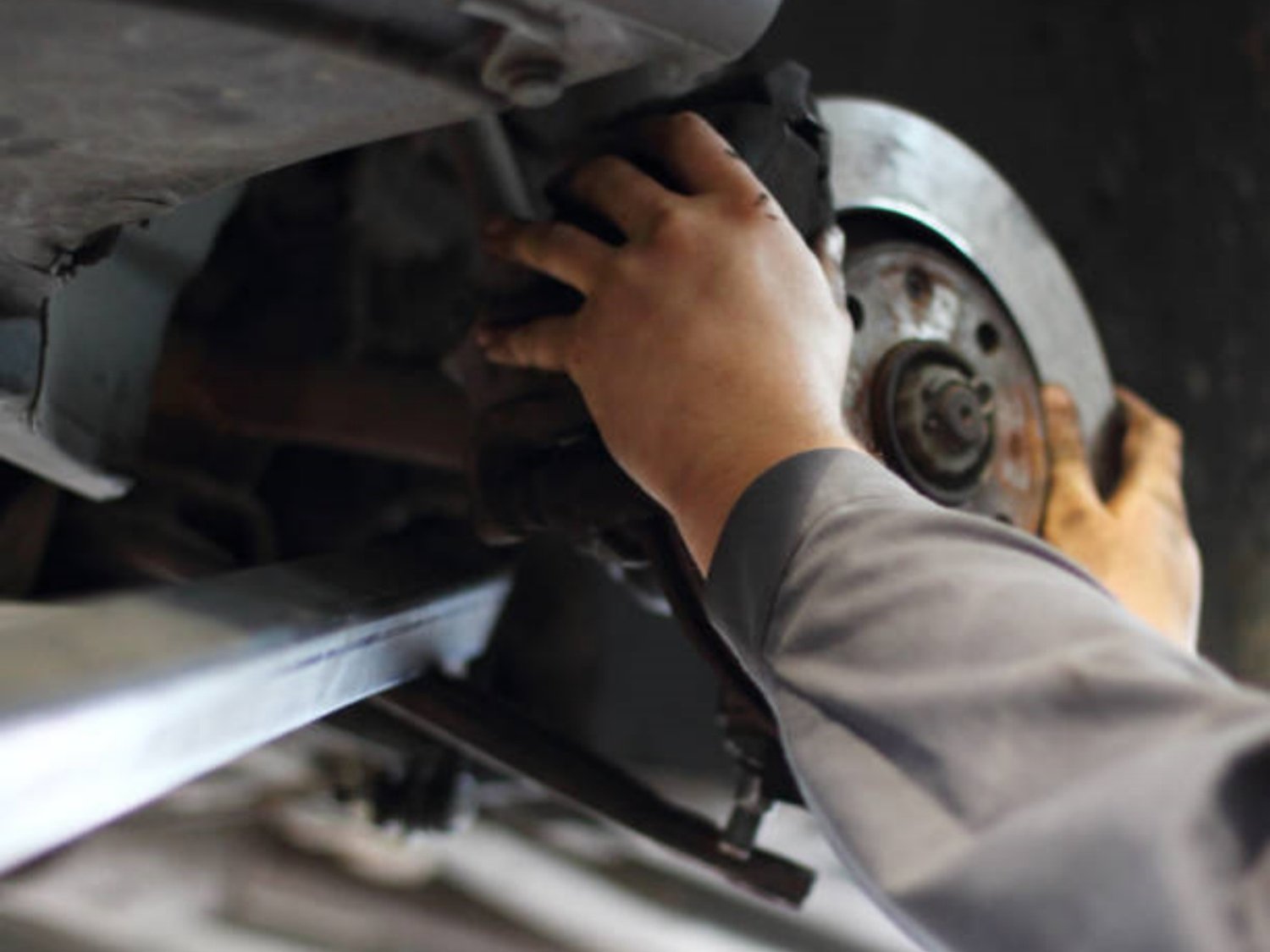The Intricate Process of Manufacturing Disc Springs
Introduction
Disc springs, also known as Belleville washers, are critical components used in various industries due to their ability to efficiently store and release energy. These springs are used in applications such as valves, clutches, brakes, and electrical connectors. In this article, we will explore the fascinating process of how disc springs are made, from the selection of raw materials to the final product.
Selecting the Raw Materials
The first step in the manufacturing process of disc springs is selecting the appropriate raw materials. The most commonly used material for disc springs is spring steel, which provides excellent mechanical properties and durability. Spring steel is chosen for its ability to withstand high levels of stress and maintain its shape under heavy loads. Other materials, such as stainless steel and various alloys, can also be used depending on the specific application requirements.
Cutting and Stamping the Discs
Once the raw materials have been selected, the next step is cutting and stamping the discs. This process involves using high-precision machinery to cut the spring steel sheets into the desired shape and size. The discs are then stamped with intricate patterns to create the necessary features, such as holes or slots, that allow for flexibility and improved performance.
Heat Treatment of Manufacturing Disc Springs
After the cutting and stamping process, the discs undergo heat treatment to enhance their mechanical properties. Heat treatment involves subjecting the discs to controlled heating and cooling processes to alter their microstructure. This process helps improve the spring's strength, hardness, and overall performance. The specific heat treatment parameters vary depending on the material used and the desired spring characteristics.
Grinding and Surface Finishing of Manufacturing Disc Springs
To ensure the discs have a smooth and precise surface finish, they undergo grinding and surface finishing operations. Grinding is performed to remove any imperfections or excess material, resulting in a consistent thickness and flatness across the entire surface of the disc. Surface finishing techniques, such as shot blasting or polishing, are then employed to achieve the desired surface texture and appearance.
Assembly and Stacking Grinding of Manufacturing Disc Springs
Once the individual discs are ready, they are assembled and stacked to form a complete disc spring. This process involves carefully aligning the discs and placing them in a specific order to achieve the desired spring characteristics. The number of discs used and their arrangement determine the overall stiffness and load-bearing capacity of the disc spring.
Testing and Quality Control of Manufacturing Disc Springs
Before the disc springs are ready for commercial use, they undergo rigorous testing and quality control procedures. These tests ensure that the springs meet the required specifications and performance standards. Common tests include measuring the spring's load-deflection characteristics, fatigue resistance, and dimensional accuracy. Any springs that do not meet the required standards are rejected or reworked to ensure only high-quality products reach the market.
Coating and Corrosion Protection
Depending on the application and environmental conditions, disc springs may undergo additional coating or corrosion protection processes. Coatings such as zinc plating or epoxy powder coating can be applied to enhance the spring's resistance to corrosion and improve its longevity. These coatings also provide a visually appealing finish and can be customized to match specific color requirements.
Packaging and Distribution
Once the disc springs have passed all quality control checks and any necessary additional treatments, they are packaged and prepared for distribution. Proper packaging ensures that the springs are protected during transportation and storage. Disc springs are typically packaged in labeled boxes or containers, with clear instructions and specifications for easy identification and use by end-users.
Conclusion
The manufacturing process of disc springs involves a series of precise and intricate steps, from selecting the raw materials to packaging the final product. Each stage of the process plays a crucial role in ensuring the quality, performance, and reliability of these essential components. By understanding the manufacturing process, engineers and end-users can make informed decisions when selecting and utilizing disc springs in their applications.

